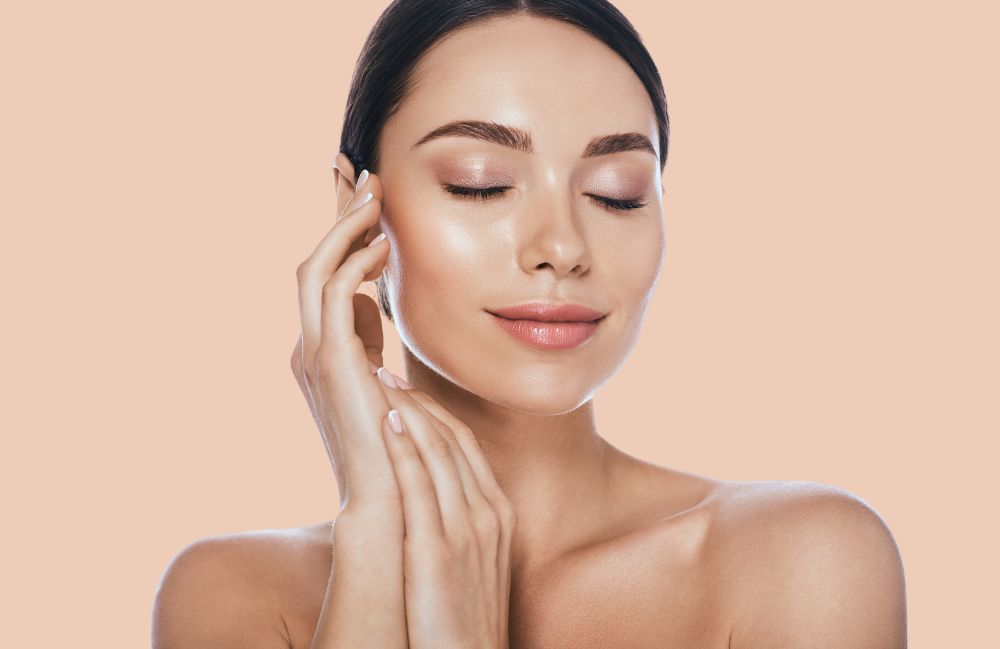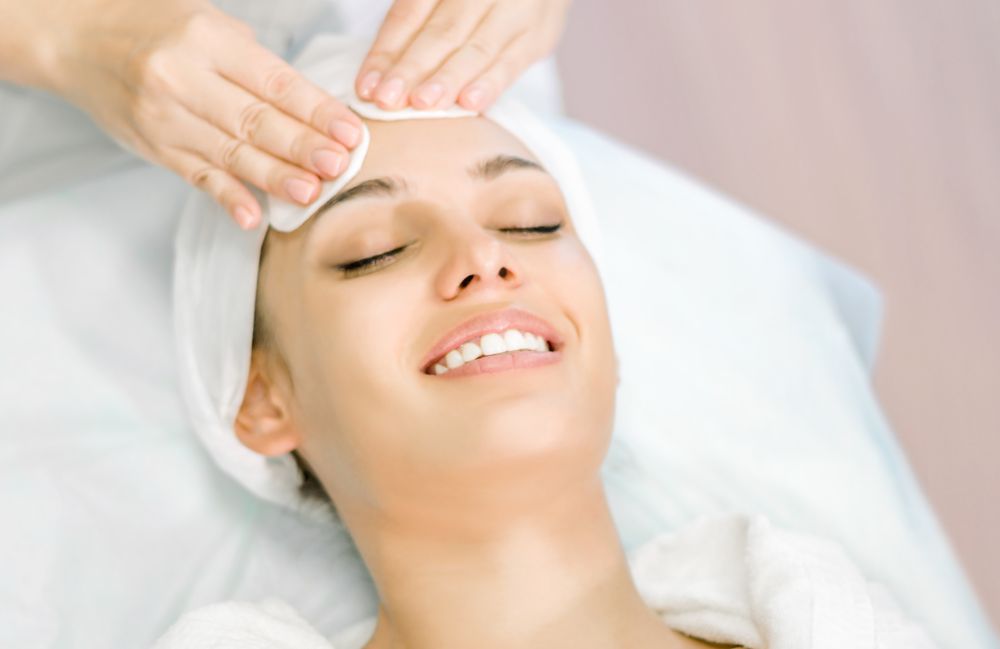
If you’re looking for a non-invasive way to revive dull skin, fade discoloration, or smooth out uneven texture, a chemical peel might be your perfect match. This tried-and-true exfoliating treatment removes damaged outer layers of skin, revealing a more vibrant and refreshed complexion underneath.
At Metropolis Dermatology in Pasadena, we tailor each chemical peel to meet your skin’s needs—whether that’s clearing acne, correcting pigmentation, or simply brightening your overall tone. With options ranging from light to deep resurfacing, we’ll guide you to the most effective choice for your skin type and goals.
What Are Chemical Peels?
Chemical peels are advanced resurfacing treatments that use controlled acid solutions to exfoliate the outermost layer of skin. This encourages cell turnover and collagen production, leaving skin smoother, clearer, and more even-toned.
At Metropolis Dermatology in Pasadena, we offer a curated selection of peels suited to a range of skin types and concerns:
- Acne VI Peel: Targets current breakouts and reduces future acne formation.
- Acne Plus Peel: Combines anti-inflammatory and exfoliating ingredients to treat acne and post-acne marks.
- Toning + Pigment Peel: Brightens dull skin while addressing uneven tone and discoloration.
- VI Body Peel: Extends the benefits of facial peels to areas like the chest, back, or arms.
- Glycolic Peel 30%: Provides deep exfoliation to boost clarity and texture.
- Lactic Peel 20%: A gentle but effective peel designed for hydration and glow—ideal for sensitive skin.
- TCA Lightening Peel 10%: Reduces sunspots and hyperpigmentation.
- TCA 30% Deep Peel: A physician-administered treatment targeting fine lines and deep-set discoloration.
Concerns Chemical Peels Address
Peels are incredibly versatile and are often used to improve:
- Acne and acne scarring: Reduces inflammation and exfoliates clogged pores.
- Hyperpigmentation: Fades sun damage, dark spots, and melasma.
- Fine lines and wrinkles: Stimulates new collagen for a smoother appearance.
- Uneven texture: Removes buildup of dead skin for a more polished complexion.
Common Treatment Areas
While the face is the most frequent treatment area, chemical peels are also effective on:
- Neck and décolletage: Smooths texture and softens crepey skin.
- Hands: Diminishes sun damage and signs of aging.
- Back and shoulders: Helps with acne scarring and tone correction.
What to Expect During Your Peel
A chemical peel appointment typically lasts about 30 minutes. Here’s how it works:
- Skin is cleansed to remove oils and impurities.
- The selected acid solution is applied and left on the skin for a few minutes.
- A neutralizing agent or calming serum is applied.
- Post-treatment care instructions are provided to guide your recovery.
Mild tingling or a warm sensation is common during the procedure. Peeling or flaking usually occurs within a few days and lasts up to a week, depending on the strength of the peel.
How Long Do Results Last?
The benefits of a chemical peel can last several months. You’ll see brighter, smoother skin within a week, and deeper results unfold over time with proper aftercare:
- Apply SPF daily to protect the skin barrier.
- Keep the skin hydrated and avoid harsh exfoliants during the healing period.
- Consider a treatment series spaced 4 to 6 weeks apart for cumulative improvements.
Who’s a Good Candidate?
Chemical peels work well for people who want to:
- Address acne, scarring, or post-inflammatory hyperpigmentation
- Reduce fine lines or wrinkles
- Improve uneven texture and tone
- Brighten a dull complexion
People with certain skin sensitivities, conditions, or ongoing irritation should consult with a provider to determine the most appropriate peel.

FAQs
Can sensitive skin tolerate a chemical peel?
Yes. Gentle peels like lactic acid or lower-strength glycolic options are excellent for sensitive or reactive skin types.
When can I wear makeup again?
It’s best to wait until any visible peeling has finished—typically 3 to 5 days post-treatment.
Are chemical peels safe for darker skin tones?
Yes, when performed with the right formulation and by experienced professionals, peels are safe and effective for all skin types.
Can chemical peels be combined with other treatments?
Absolutely. They pair well with procedures like microneedling or laser therapy for enhanced skin rejuvenation.
How often should I get a peel?
Depending on your skin goals, every 4 to 6 weeks is ideal for a series. Occasional maintenance peels can follow.
Hear from
Real Patients

Schedule Your Consultation Today
Great skin isn’t just about what you put on top—it’s also about revealing what’s underneath. With the right chemical peel, you can uncover smoother, brighter, healthier skin in just one session. At Metropolis Dermatology in Pasadena, CA, we’ll help you choose the best peel for your complexion and goals. Ready to glow? Let’s create a treatment plan that works for you!
